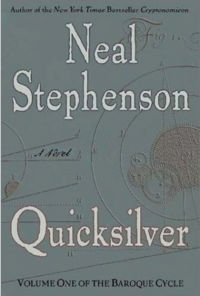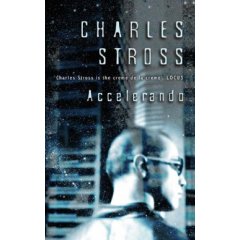Max Brooks’ World War Z is a follow-up to The Zombie Survival Guide which became a commercial success largely through word of mouth on the Internet. While The Zombie Survival Guide was a fictional manual covering the biology of zombies and suggested methods of killing them and surviving a zombie outbreak, World War Z tells the story of a worldwide zombie apocalypse scenario through the oral testimonies of over 40 survivors. It has since become popular enough that there are plans to make a film version of the book with a screenplay by J. Michael Straczynski.
World War Z places the initial zombie outbreak in Sichuan Province, China, where a boy diving for treasure amongst the submerged villages of the Three Gorges Reservoir comes to the surface with a mysterious bite mark on his foot and is kept locked in an abandoned house by frightened villages after attacking and biting a number of them. They notify the local hospital and the doctor who is sent is shocked to discover that the boy is as savage as an animal, biting and clawing at anyone who comes near him. His skin has become cold and gray, and though numerous wounds are found all over his body from his struggles to free himself, no blood comes out of them. A hypodermic needle inserted into where his veins should be comes up filled with a strange, viscous matter. He is even able to snap his own arm in an effort to free himself and seems affected by neither pain nor exhaustion. Not unexpectedly, all of the villagers bitten by the boy have become comatose with cold and gray skin as well.



